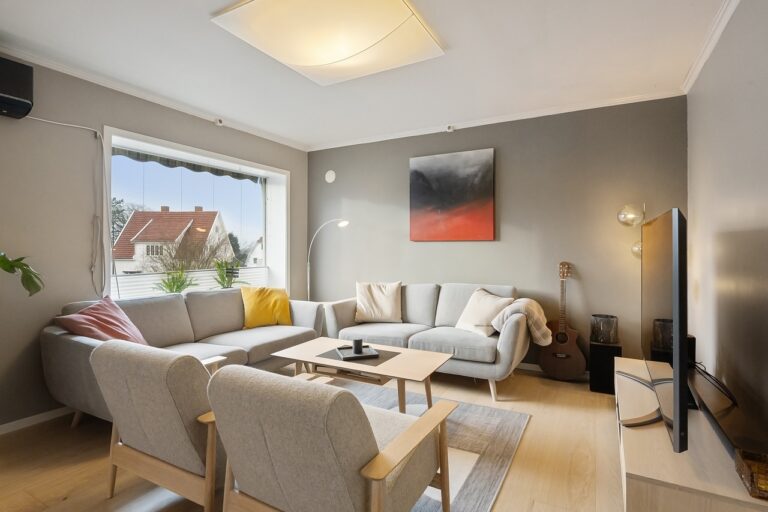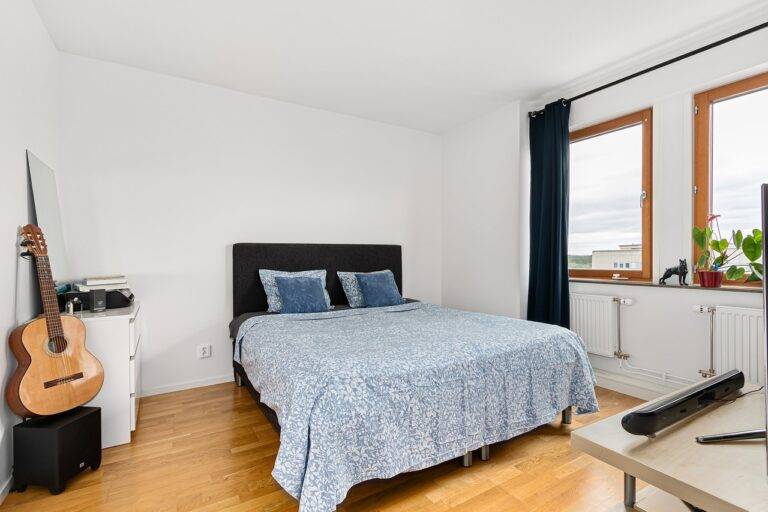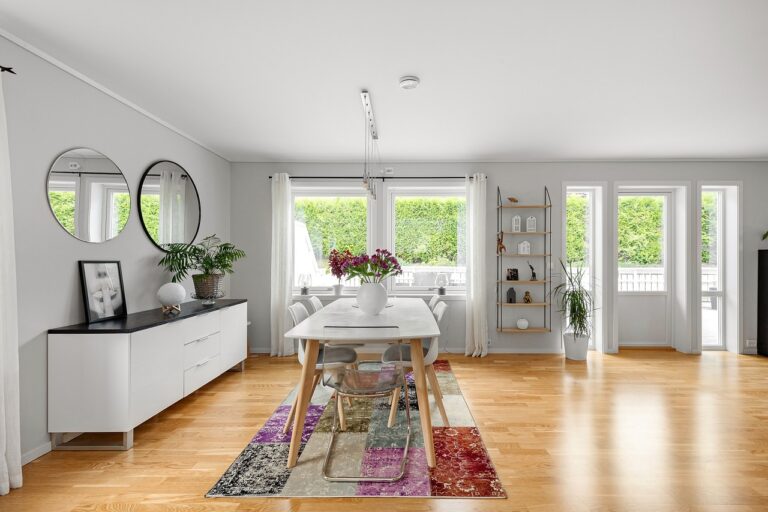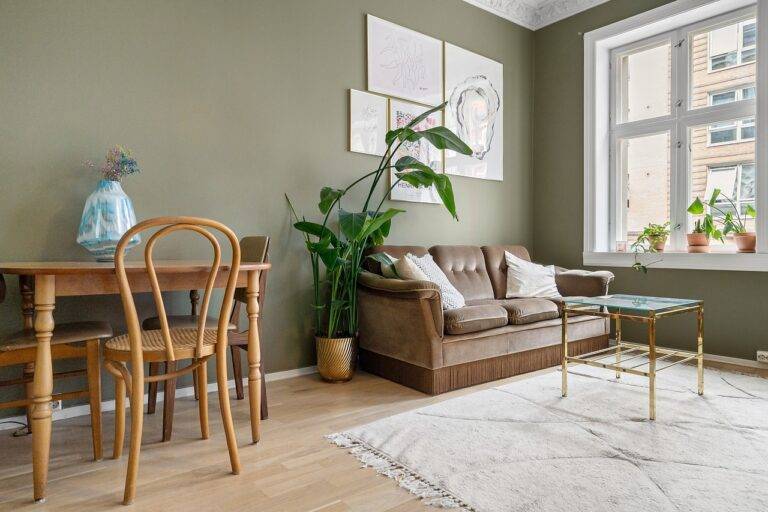The Advantages of Passive House Design for Energy Efficiency
Passive house design is an innovative approach to building homes that prioritize energy efficiency and sustainability. By employing specific design principles and technologies, passive houses are able to significantly reduce energy consumption for heating and cooling, leading to lower utility bills and reduced environmental impact. In this article, we will explore the advantages of passive house design for energy efficiency and its benefits for homeowners and the environment.
1. Superior Energy Efficiency
Passive house design aims to minimize energy waste by prioritizing insulation, airtight construction, and passive solar gains. This combination of features leads to superior energy efficiency compared to conventional homes, reducing the need for mechanical heating and cooling systems.
2. Cost Savings
Due to their high level of energy efficiency, passive houses require significantly less energy to maintain comfortable indoor temperatures throughout the year. This results in lower energy bills for homeowners, providing long-term cost savings and a quick return on investment.
3. Improved Indoor Air Quality
Passive house design includes mechanical ventilation systems that help maintain a consistent supply of fresh air while filtering out pollutants and allergens. This leads to improved indoor air quality, creating a healthier living environment for occupants.
4. Comfortable Living Spaces
Passive houses are designed to provide a high level of thermal comfort, with consistent temperatures throughout the home. By minimizing drafts and temperature fluctuations, passive house design creates comfortable living spaces that enhance the overall quality of life for residents.
5. Reduced Environmental Impact
By significantly reducing energy consumption for heating and cooling, passive houses help lower greenhouse gas emissions and combat climate change. The sustainable design principles of passive house construction contribute to a healthier planet by reducing environmental impact.
6. Resilience to Extreme Weather
Passive houses are designed to be resilient to extreme weather conditions, including cold winters and hot summers. The high-performance building envelope of passive house design helps regulate indoor temperatures, ensuring comfort and energy efficiency even in harsh climates.
7. Longevity and Durability
Due to the meticulous attention to detail in construction and high-quality materials used, passive houses are known for their longevity and durability. The superior build quality of passive house design results in homes that maintain their energy efficiency and structural integrity over time.
8. Increased Property Value
As more homeowners prioritize energy efficiency and sustainability, passive houses are becoming increasingly desirable in the real estate market. Investing in a passive house can increase the resale value of a property, providing homeowners with a competitive edge in a growing market.
FAQs
Q: What are the key features of passive house design?
A: Passive house design includes high levels of insulation, airtight construction, passive solar gains, and mechanical ventilation systems to maximize energy efficiency and comfort.
Q: How much energy savings can I expect from a passive house?
A: Passive houses typically achieve energy savings of 70-90% compared to conventional homes, resulting in significantly lower utility bills and reduced environmental impact.
Q: Are passive houses more expensive to build than conventional homes?
A: While the upfront costs of building a passive house may be higher due to specialized materials and technologies, the long-term cost savings from reduced energy bills make passive houses a cost-effective investment.







